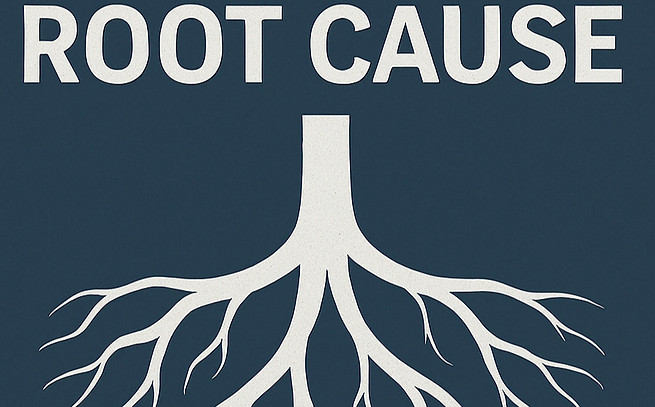
Why Root Cause Matters
Going to the root cause of a problem isn’t just important — it’s essential for long-term reliability, cost savings, and operational efficiency. Many failures or issues in machines, processes, or systems are symptoms of deeper, underlying problems. If you only treat the symptoms (like replacing a failed bearing or resetting an overloaded breaker), the issue is likely to return — often worse than before.
Root cause analysis (RCA) helps you identify what truly caused the failure — not just what was damaged. It answers questions like:
-
Why did the bearing fail prematurely?
-
What led to the misalignment?
-
Why was the machine overloaded in the first place?
Benefits of Addressing Root Cause:
-
Prevents Recurrence
Solving the underlying issue ensures the problem doesn’t happen again, reducing downtime and repeat maintenance. -
Improves Equipment Life
Chronic problems cause stress and premature wear. By eliminating the root cause, machines run more smoothly and last longer. -
Reduces Costs
Repeated failures lead to wasted parts, labor, and lost production. One thorough fix is far cheaper than many temporary ones. -
Increases Safety
Many small issues are early warnings of potential hazards. Catching and correcting them at the root keeps people and equipment safe. -
Boosts Operational Confidence
When systems are reliable and problems are understood, teams can focus on productivity instead of fighting fires. -
Drives Continuous Improvement
Root cause thinking encourages a mindset of learning and refining — making the whole organization smarter and more efficient over time.
In short, going to the root cause turns reactive maintenance into proactive strategy. It’s the difference between constantly patching a leak… and fixing the pipe for good.